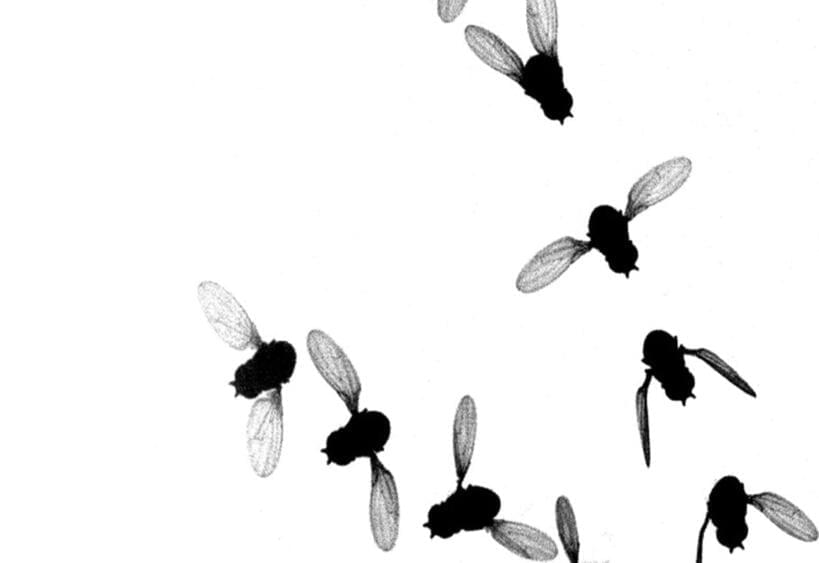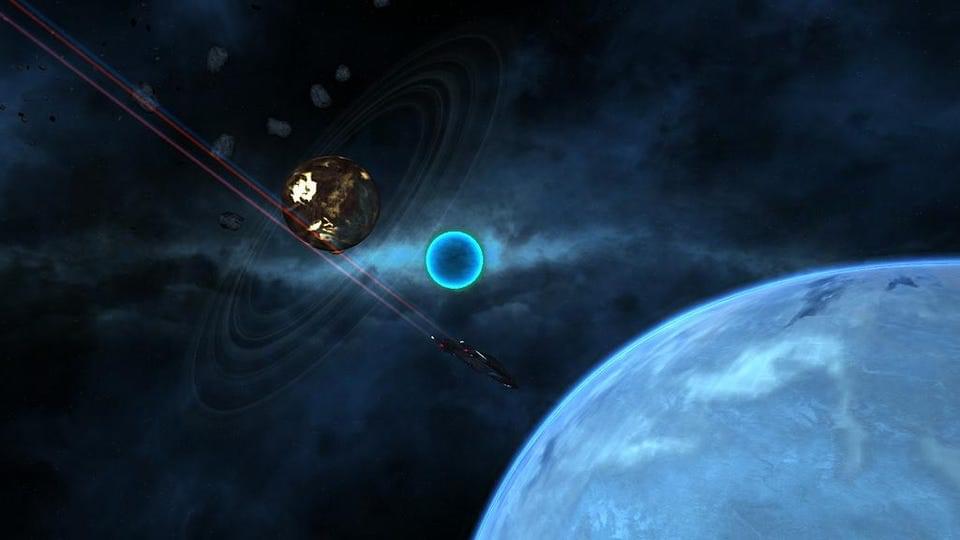Scientists made a major breakthrough in understanding the incredible mechanics of insect flight — A complex but efficient wing hinge system.





A team at Texas A&M University is taking significant steps for the development of a new generation of energy storage devices. They aim to develop a device that can combine the benefits of current technologies while addressing their limitations.
Dr. Abdoulaye Djire, a chemical engineering professor at Texas A&M University, as well as a few chemistry engineering graduates are focusing on MXenes, which is expected to be a compelling alternative to conventional lithium-ion batteries. Currently, the team is exploring the major advantages of nitride MXenes.
Discover Menteebot, the headless AI-enabled household chore robot developed by Mentee Robotics.

The researchers said the current design of the FRS means multiple cardiovascular conditions are overlooked and consequently under-diagnosed in women.
“When it comes to cardiovascular diseases in particular, the prevalence of these diseases is higher in men than women, but several studies have shown that women are less likely to be diagnosed during a routine exam, get diagnosed at an older age, and with more severe symptoms than men,” Skyler St. Pierre, a study author and a researcher at the Stanford University Living Matter Lab in California, told Medical News Today. “This really points to the fact that we are under-diagnosing women and the current screening methods are not catching women with cardiovascular diseases early enough.”

Researchers at Tohoku University and the Japan Atomic Energy Agency have developed fundamental experiments and theories to manipulate the geometry of the “electron universe,” which describes the structure of electronic quantum states in a manner mathematically similar to the actual universe, within a magnetic material under ambient conditions.


Thsi is a year old. But at 27 minutes David gets asked a couple fo “when” questions.
Dr. David Sinclair presents the progress of epigenetic reprogramming and rejuvenation in this video. He’s also answering questions on when he thinks the rejuvenation therapy be available in the Q\&A session at the end of the presentation.
00:54 Presentation.
25:42 Q\&A
David Sinclair is a professor in the Department of Genetics and co-director of the Paul F. Glenn Center for the Biology of Aging at Harvard Medical School, where he and his colleagues study sirtuins—protein-modifying enzymes that respond to changing NAD+ levels and to caloric restriction—as well as chromatin, energy metabolism, mitochondria, learning and memory, neurodegeneration, cancer, and cellular reprogramming.
Dr David Sinclair has suggested that aging is a disease—and that we may soon have the tools to put it into remission—and he has called for greater international attention to the social, economic and political and benefits of a world in which billions of people can live much longer and much healthier lives.